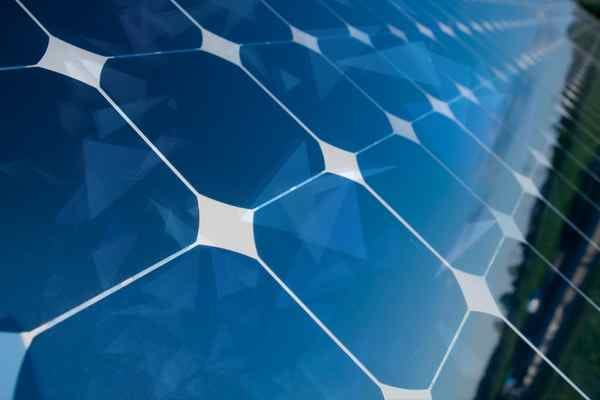Futuristic solar cells will fix themselves
University researchers say their perovskite breakthrough could pave the way.

‘Self-healing’ solar cells could become a reality according to Monash University researchers involved in an international study.
The study, published last month in Nature, described a new strategy to boost the stability and performance of perovskite solar cells.
The multinational team behind the study includes a team from Monash and the researchers hope this breakthrough in the lab could pave the way for more reliable and efficient solar cells made from perovskite.
Perovskites are a family of light-absorbing crystalline compounds that can replace silicon in solar cells and they are being tipped as the technology that could take solar energy to new heights.
Next-generation solar
According to the Massachusetts Institute of Technology (MIT), perovskites are viewed as the likely platform for next-generation solar cells because of their easier manufacturing process, lower cost, and greater flexibility.
Perovskites also hold promise because they can be easily used on many types of surfaces including flexible and textured ones.
Hurdles remain, however, in the quest for commercial viability. For starters, perovskites lack durability, according to MIT. While silicon solar panels retain up to 90 per cent of their power output after 25 years, perovskites degrade much faster.
It was with this in mind that the new mechanism, described in Nature as ‘self-healing’, was developed by researchers from Monash University, the University of Oxford, and the City University of Hong Kong.
They developed an agent that dynamically heals the perovskite layer when exposed to environmental stressors such as moisture and heat, enabling sustained device performance and longevity.
"This breakthrough could pave way for more reliable and efficient perovskite solar cells contributing to the global transition towards sustainable energy solutions"
The researchers say their new approach resulted in solar cells with 25.1% power conversion efficiency and “remarkable stability” under 1000 hours of accelerated ageing tests at 85°C and simulated solar illumination.
“This work addresses critical issues related to defect passivation in perovskites that have hindered widespread adoption of this promising technology,” said study co-author and Director of Research at the Department of Chemical and Biological Engineering at Monash, Professor Udo Bach.
“Our slow-release strategy represents a significant advancement in the field of perovskite photovoltaics,” Bach said.
“By slowly releasing the passivating agents into our perovskite material, we have been able to produce solar cells not only with enhanced performance but also extended long-term stability under real-world conditions.
“This breakthrough could pave way for more reliable and efficient perovskite solar cells contributing to the global transition towards sustainable energy solutions.”
Perovskites are a family of crystalline compounds that are being tipped as the technology that could take solar energy to the next level. Compared to silicon-based solar cells, perovskites are easier to manufacture, are lower cost, and offer greater flexibility as they can be easily deposited onto many types of surfaces. They do, however, lack durability compared to their silicon-based counterparts, which has been the subject of scientific research. According to a recent study published in Nature, further improvements in perovskite solar cells require better control of ionic defects in the perovskite photoactive layer, and it describes a new process that can dynamically heal the perovskite to ensure device performance and stability.





